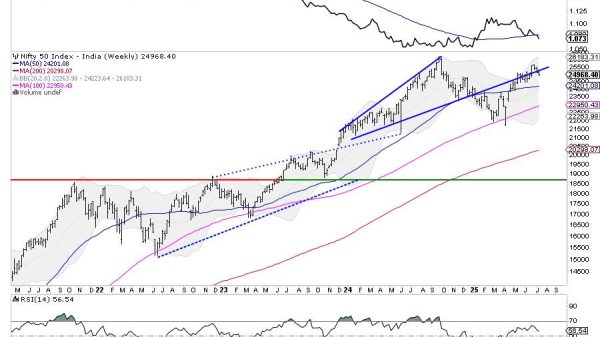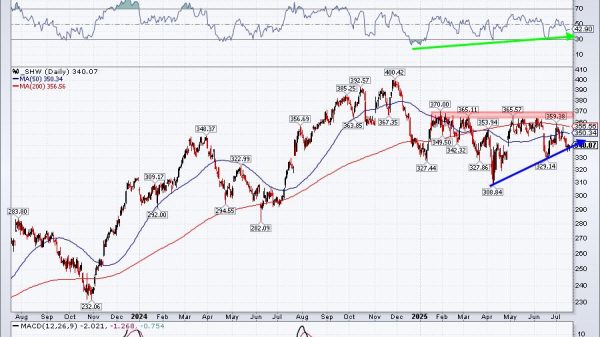Oil Prices React to Middle Eastern Tensions
Quick Look:
Oil Market Swings: WTI and Brent crude experienced notable volatility following Middle Eastern military actions. Carbon Market Downturn: The EU’s carbon permit prices hit a two-year low. Market Resilience and Challenges: The events highlight the sensitivity of commodity markets to geopolitical tensions.The commodity markets have once again demonstrated their sensitivity to global events, with prices swinging dramatically in response to geopolitical tensions. Last week’s developments, particularly involving Iran and Israel, have provided a fresh example of how quickly market dynamics can shift in response to international incidents.
Volatile Oil Prices Amidst Middle Eastern Tensions
Significant volatility in the oil markets marked the trading week, triggered by military actions in the Middle East. News broke during Asian trading hours that observers viewed Iran’s response to an Israeli action as a mere ‘tit for tat,’ which caused initial spikes in oil and gold prices. However, these gains were short-lived as the situation did not escalate further, leading to price stabilisation.
West Texas Intermediate (WTI) crude oil for May delivery experienced an increase, closing up at $83.14 per barrel, which was the lowest close since late March. Meanwhile, June delivery for Brent crude, the global benchmark, rose modestly by 33 US cents to $87.44. Despite these rises, WTI ended the week nearly 4% lower, and Brent saw a decline of just over 4%. This closure of the week highlighted the market’s resilience, considering it opened with escalations following a drone and missile attack by Iran on Israel and closed with retaliatory measures. The fluctuations underscored the ongoing instability in the region, affecting the geopolitical landscape and commodity trading globally.
The Surprising Dip in the European Carbon Market
Further complicating the week for commodity markets was the unexpected downturn in the European Union’s Emissions Trading System (ETS). Carbon prices fell to their lowest in more than two years, dropping to 55 euros per carbon permit, or approximately $58. Consequently, this decrease surprised the architects of the ETS and its supporters in Brussels. They had anticipated higher emission prices, which would facilitate funding for energy transition initiatives.
This decline in carbon prices suggests a decrease in emissions from industries covered by the ETS, superficially a positive outcome. However, this also means reduced financial inflows needed for investments in clean energy and other emission-reducing projects. As the EU plans to extend the ETS to include additional industries like transport, the implications could be twofold. On the one hand, this expansion aims to increase funding for the energy transition. Still, on the other, it might suppress demand due to higher operational costs, somewhat defeating the objective of reducing emissions through economic incentives.
Navigating Through Uncertainty
As markets navigate through these turbulent times, the interconnectedness of geopolitical events and commodity prices becomes increasingly evident.
Traders and investors are reminded of the delicate balance between current events and market reactions, where stability can quickly give way to volatility. The week’s events serve as a crucial lesson in the unpredictability of markets amidst geopolitical strife and environmental policy shifts. It challenges market participants to remain vigilant and responsive to global developments.
The past week has influenced the immediate trading landscape and also poses broader questions about the future strategies of market participants and policymakers alike in managing the interplay between economic activities and geopolitical risks.
The post Oil Prices React to Middle Eastern Tensions appeared first on FinanceBrokerage.

























